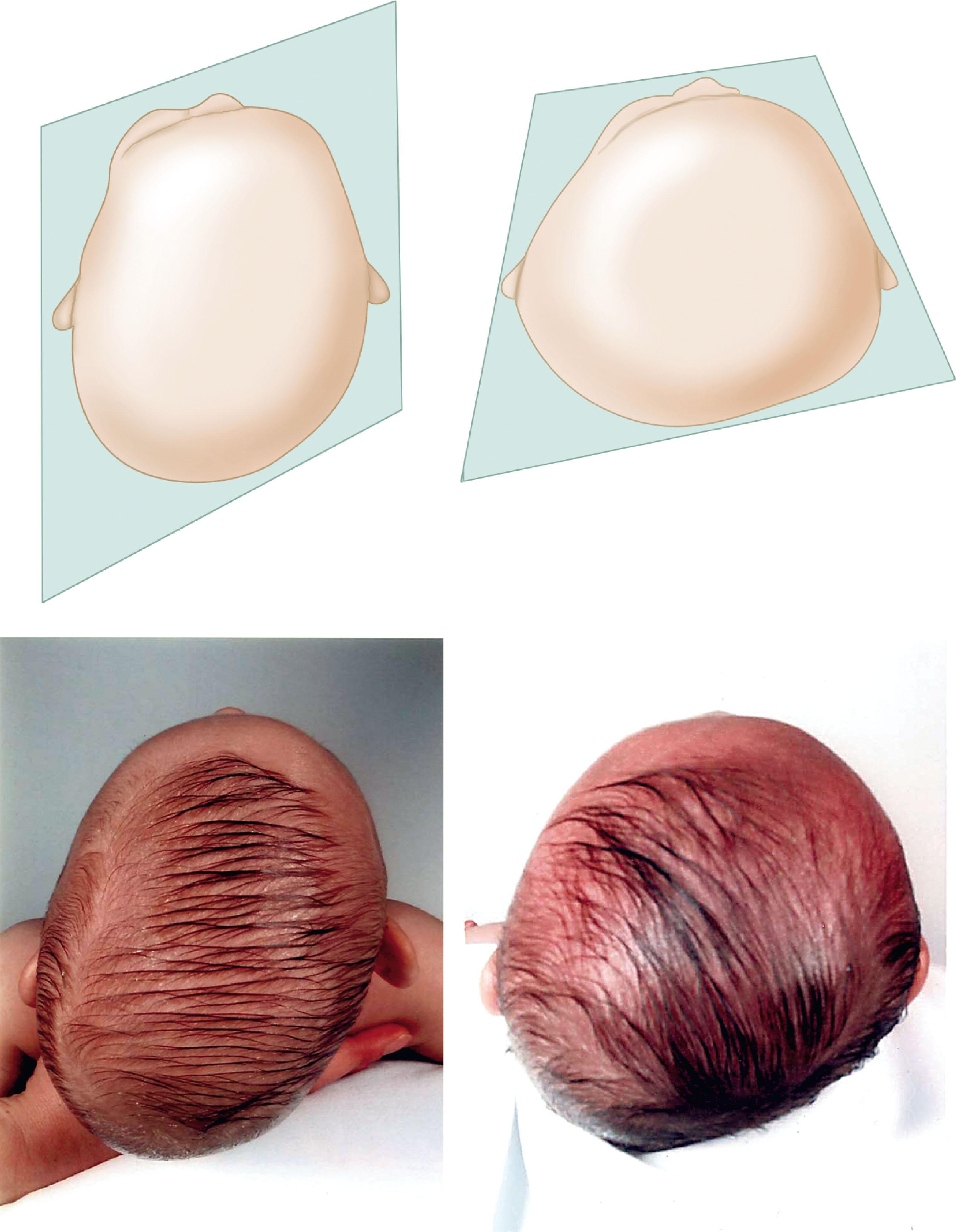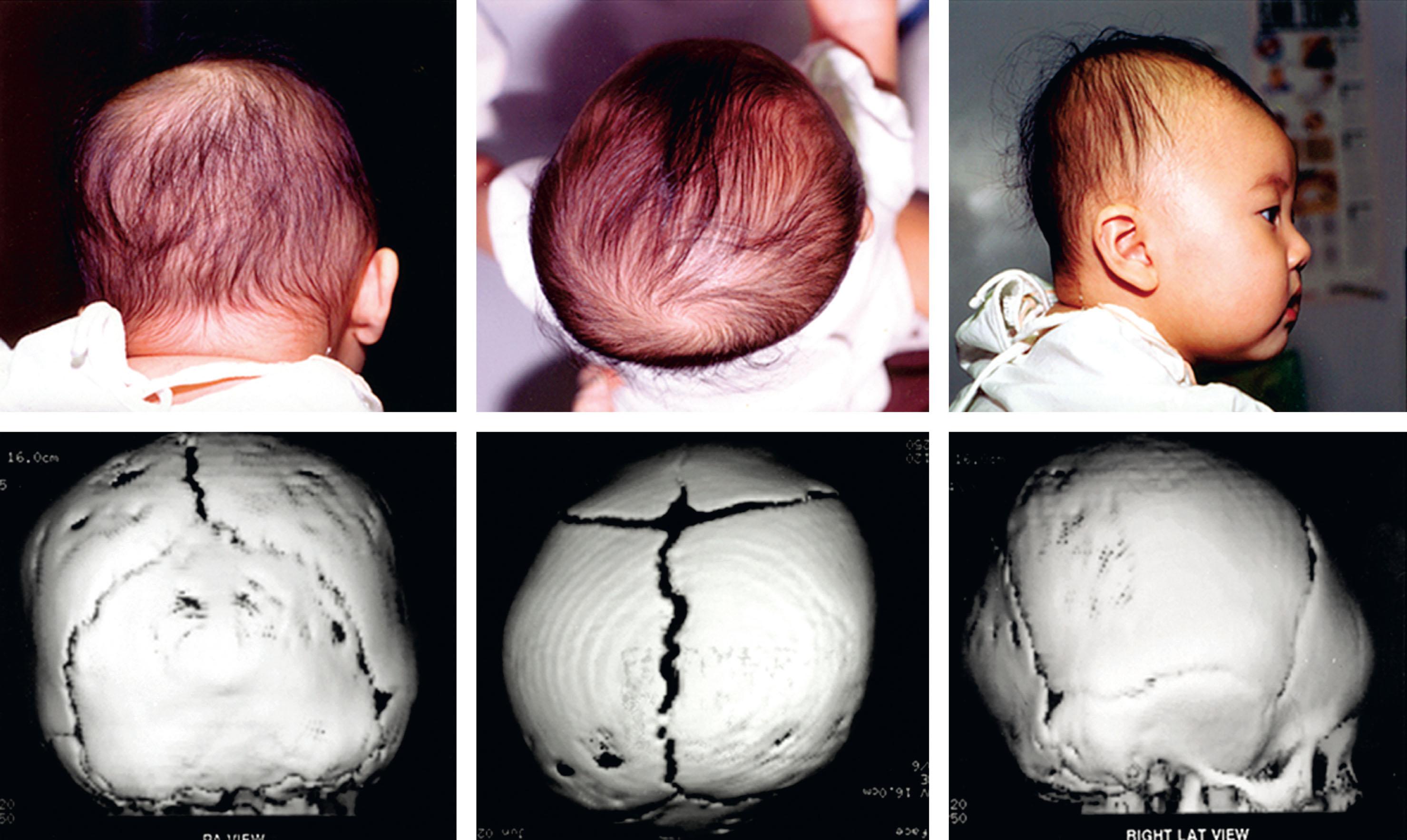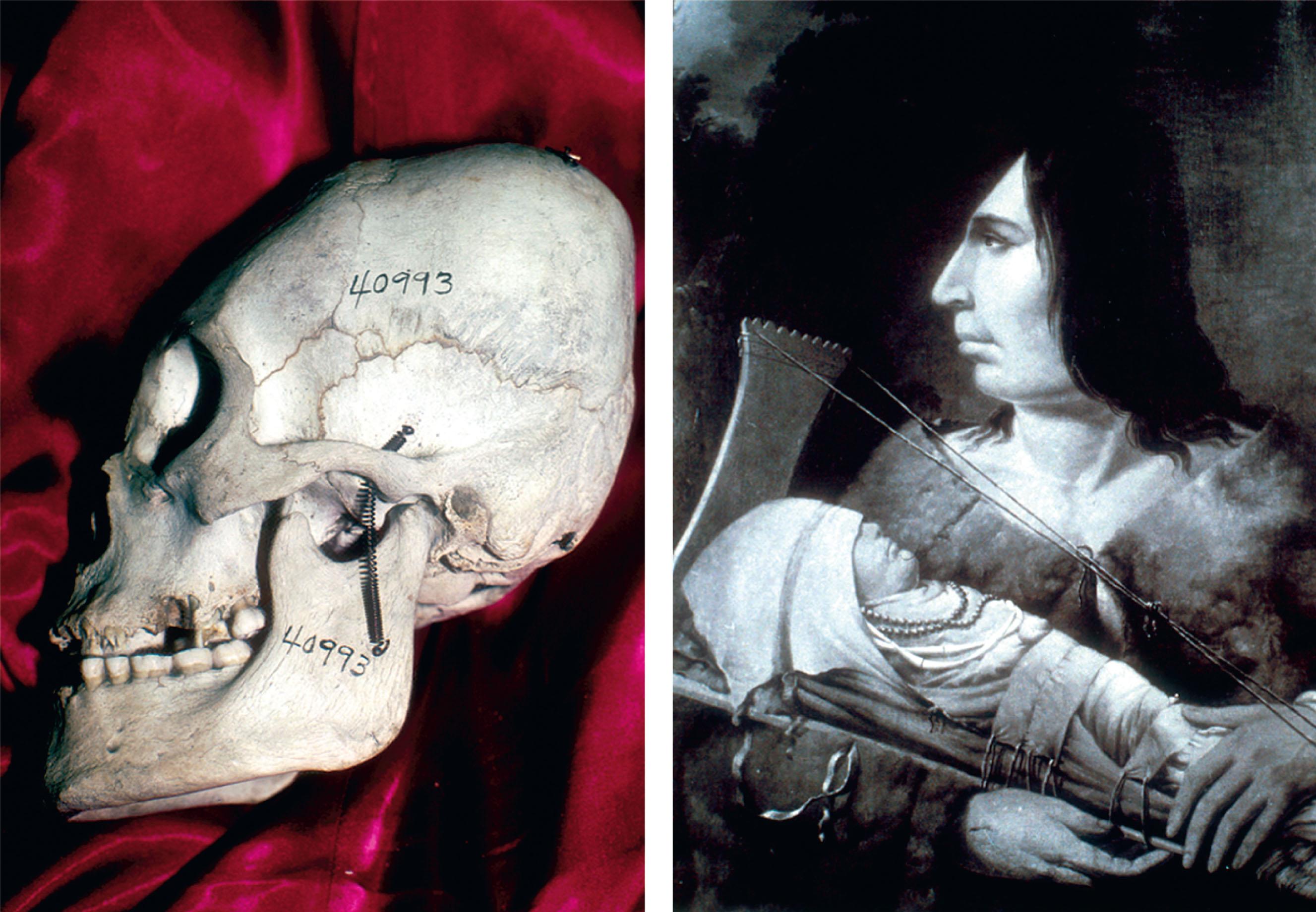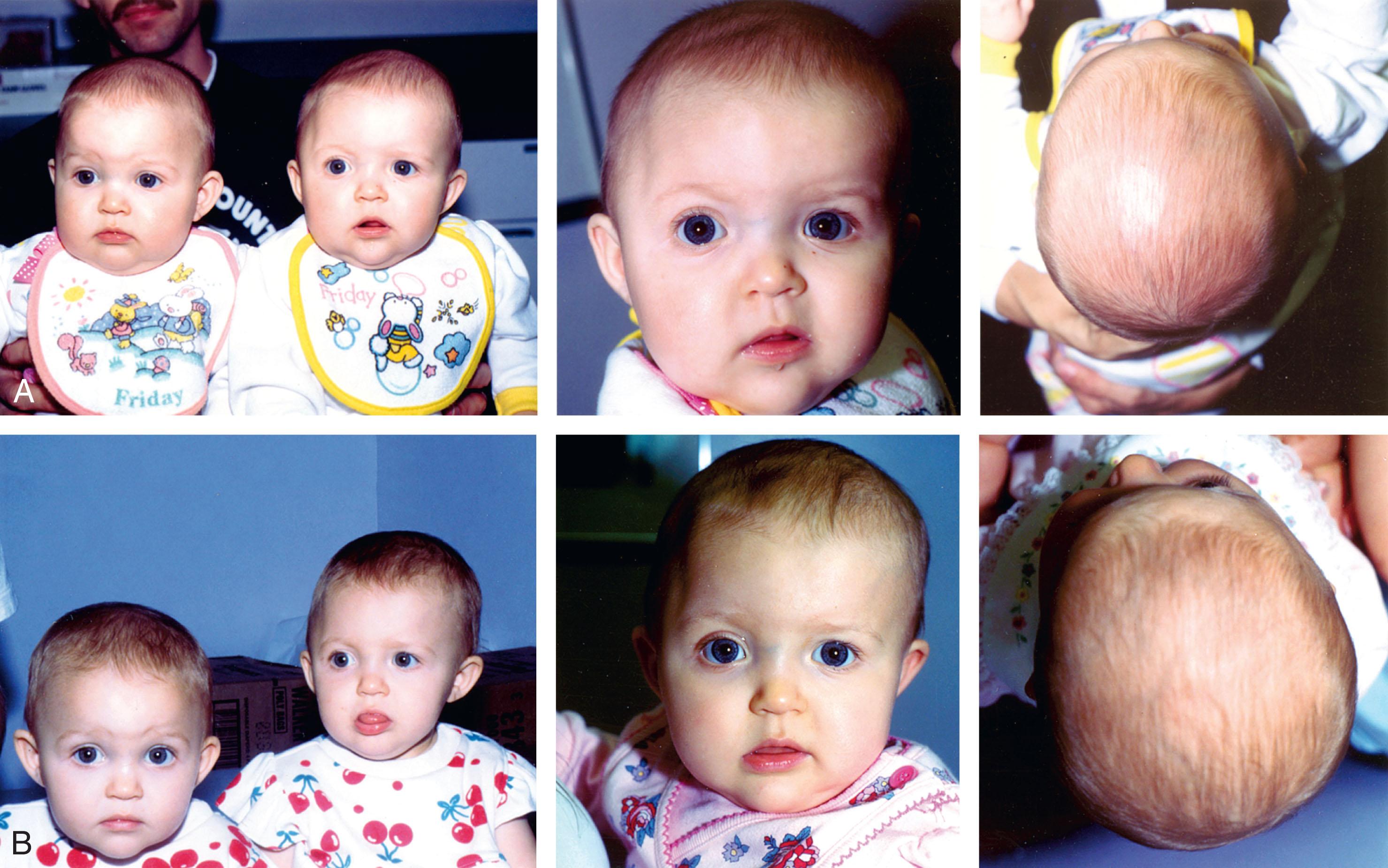Physical Address
304 North Cardinal St.
Dorchester Center, MA 02124
Deformational plagiocephaly is most common in first born, large babies, breech presentation, and multiple-gestation infants.
Factors associated with asymmetric head deformation include a constraining intrauterine environment, clavicular fracture, cervical/vertebral abnormalities, and incomplete bone mineralization.
Nonsynostotic , deformational , and positional have been used to distinguish plagiocephaly without synostosis.
Deformational plagiocephaly is not associated with premature closure of cranial sutures.
The diagnosis can be challenging when both deformational plagiocephaly and craniosynostosis occur together.
Placing infants on their backs for sleep, as recommended to reduce the incidence of sudden infant death syndrome (SIDS), has led to an increase in deformational posterior plagiocephaly.
Much debate still exists over the costs, timing, and benefits of cranial orthotic therapy.
Outcomes are typically good if the diagnosis is determined early.
Plagiocephaly , which literally translates from the Greek term plagio kephale as “oblique head,” is a term used to describe asymmetry of the head shape when viewed from the top ( Fig. 25.1 ). It is a nonspecific term that has been used to describe head asymmetry caused by either premature sutural fusion or postnatal head deformation resulting from a positional preference; hence, modifying terms such as nonsynostotic , deformational , and positional have been used to distinguish plagiocephaly without synostosis. The term deformational plagiocephaly should suffice to distinguish this type of defect and its proper management. The side of the plagiocephaly is usually indicated by the bone that has been most flattened by the deforming forces (see Figs. 24.3 and 25.2 ). During late fetal life, the head may become compressed unevenly in utero, but most deformational plagiocephaly occurs after delivery because of an asymmetric resting position. Such inequality of positional gravitational forces may result in asymmetric molding of the head and face.


Torticollis (see Chapter 24 ) is a condition in which the sternocleidomastoid muscle is shorter and/or tighter on one side of the neck, causing the head to tilt toward the affected muscle and the head to turn away. This is the most frequent cause of deformational plagiocephaly, which results from progressive occipital flattening when an infant with torticollis is placed in the supine position and consistently turns his or her head to one side (see Fig. 25.1 ). Because the torticollis is usually on the side opposite the head turn, the forehead on the side of the torticollis may appear normal or recessed (see Fig. 24.1 ), whereas the forehead and ear on the same side as the flattened occiput may become displaced anteriorly. If the infant sleeps on the stomach with a preferential head turn, then the frontal region on the side of the torticollis becomes flattened as the infant turns its head away from the short or tight sternomastoid muscle (see Fig. 24.4 ). According to Dunn, torticollis occurred with plagiocephaly once in every 300 live births before 1974, when many infants were positioned for sleep on their stomachs. Since the “Back to Sleep” campaign was initiated in 1992 for the prevention of sudden infant death syndrome, the frequency of deformational posterior plagiocephaly has increased dramatically, rising from approximately 5% to upward of 46% at age 7 months. This increase in deformational posterior plagiocephaly was first noted in 1996.
Deformational plagiocephaly is not associated with premature closure of cranial sutures, but because craniosynostosis is sometimes associated with fetal head constraint, this diagnosis can be challenging when both deformational plagiocephaly and craniosynostosis occur together. Torticollis-plagiocephaly deformation sequence results from deformation of the infant’s skull, as normal postnatal brain growth combines with an asymmetric resting position to result in progressive cranial asymmetry (see Fig. 25.2 ). Artificial deformation of infant heads has been practiced for years in many cultures throughout the world ( Fig. 25.3 ); hence it is critical to remain cognizant of the lasting impact of postnatal mechanical forces on the shape of an infant’s head. Examination of CT scans from 39 deformed pre-Columbian skulls and 19 control skulls revealed that volumes of the cranial cavities were not affected by intentional cranial deformation but that the shapes of the orbits and of the maxillary sinuses were modified in circumferential deformations.

Deformational plagiocephaly is most likely to occur in first born babies, large babies, breech presentation, and among multiple-gestation infants. In the torticollis-plagiocephaly deformation sequence, the infant usually has a head tilt toward the side of the shortened sternomastoid muscle. The growth and development of the brain are usually normal; however, infants with macrocephaly, prematurity, or underlying hypotonia may be more likely to experience deformational plagiocephaly. Other factors associated with asymmetric head deformation include a constraining intrauterine environment, clavicular fracture, cervical/vertebral abnormalities, and incomplete bone mineralization. The importance of intrauterine positioning in determining both the occurrence and the severity of deformational plagiocephaly was demonstrated in a study of 140 twins treated with orthotic devices for positional plagiocephaly. Among both discordant and concordant twin pairs, the bottom-most twin was more likely to be affected. The more severely affected twin was more likely to manifest neck involvement and to be in a vertex position, with no observed differences in sleep position (nearly all were supine sleepers) or gender ( Fig. 25.4 ). There was a high incidence of fraternal twins born to older mothers who were pregnant for the first time and using assisted reproductive technologies. Because twins may be born prematurely with a less mineralized cranium, they may be more susceptible to deformational plagiocephaly. Thus intrauterine constraint is a predominant factor in the causation of deformational plagiocephaly, emphasizing the need for early diagnosis and intervention.

To reduce the incidence of sudden infant death syndrome, it is necessary to place infants on their backs for sleep, but infants should be placed on their stomachs for “tummy time” when they are awake and under direct adult supervision to facilitate the development of prone motor skills and to encourage the infant to turn his or her head from side to side. The development of excessive occipital flattening, with or without plagiocephaly, may indicate that parents are not providing their infants with adequate “tummy time.” It is important to distinguish between deformational plagiocephaly and plagiocephaly resulting from craniosynostosis, because therapy and management are very different for these conditions. If any uncertainty is present, referral to a craniofacial specialist for evaluation is the next step in determining diagnosis. In both positional deformity and craniosynostosis, outcomes are typically good if the diagnosis is determined early.
Become a Clinical Tree membership for Full access and enjoy Unlimited articles
If you are a member. Log in here